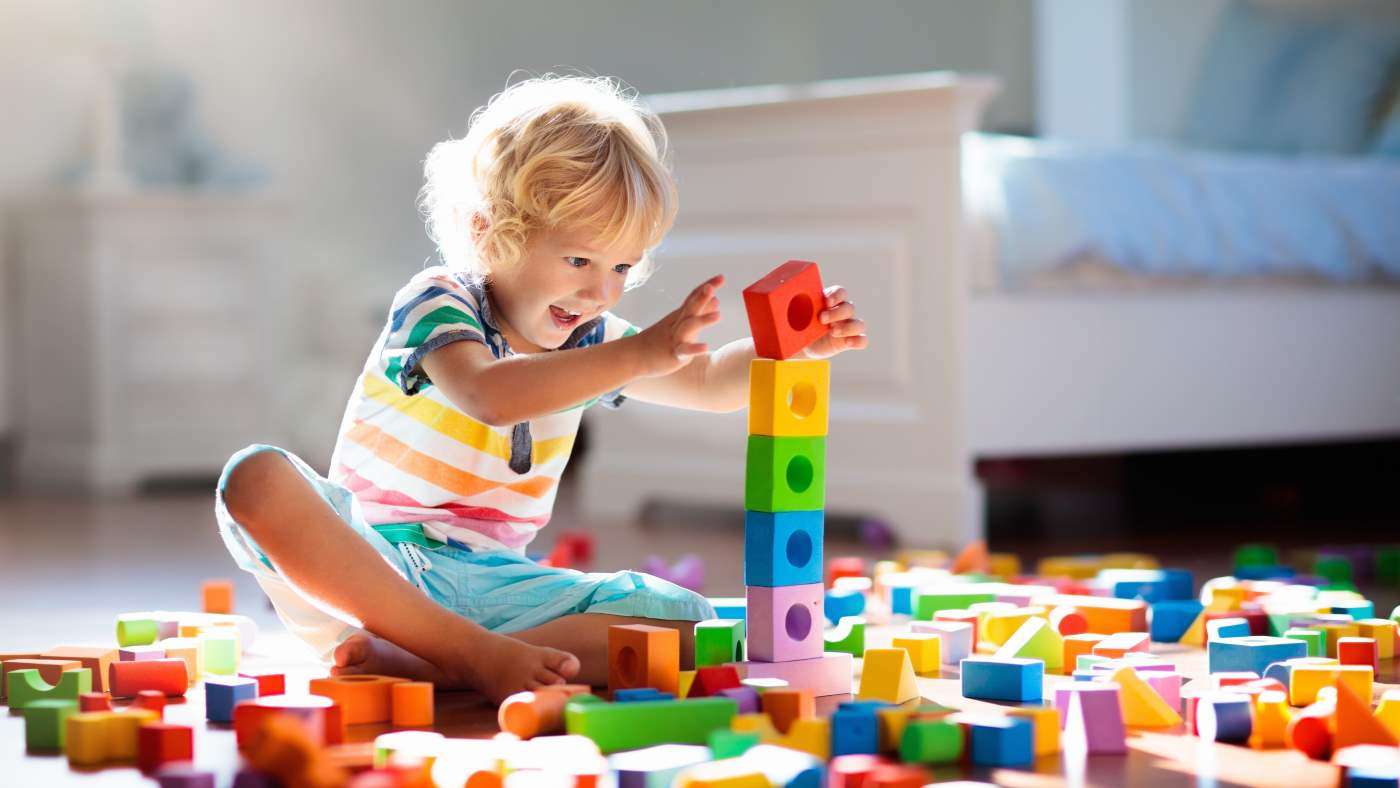Why does my child never sit still?

Your child is developing control of their position, posture and balance all the time. They are also gaining more awareness of their body and can make judgements about the position of their body – you’ll see them make small adjustments as they sit.
Despite all this amazing development, you might notice that your child moves a lot when they are sitting and perhaps they are not still for very long at all!
Sitting still might seem simple but it is a difficult skill to master and one that comes through having many opportunities to move.
Consultant in Neuro-Developmental Education Sally Goddard Blythe says, “The most advanced level of movement is the ability to stay totally still.”[1]
So why is staying still so difficult?
- Movement helps us to maintain or balance – at first, when we slow down our movements, that is when we might wobble or fall.
- Movement supports body awareness – your child receives information about their body position from the motor area of their brain and from proprioceptors. As the proprioceptive sense develops, your child relies on movement in combination with information from these receptors to understand and adjust their body position.
- Being still involves many muscles working together with the balance and postural systems. When the balance and postural systems are well developed, this control will be automatic. However, until then your child will use some conscious control to maintain their balance and posture.
When you think about supporting your child to be still, the best way to do this is probably to give them lots of opportunities to move.
They need to build strength in their muscles through activities such as climbing, crawling or carrying large objects.
They need to develop body awareness through activities which use their muscles and joints, such as pushing, pulling and climbing.
And they need opportunities to develop their balance and posture, perhaps by dancing, spinning or hanging upside down.
Remember: being still involves quite a lot of concentration for your child, so if you really want them to listen to what you are saying they might listen better if they are moving!
Reference:
[1] Goddard Blythe, S. (2000). Early learning in the balance: priming the first ABC. Support for Learning, 15(4), 154-158.